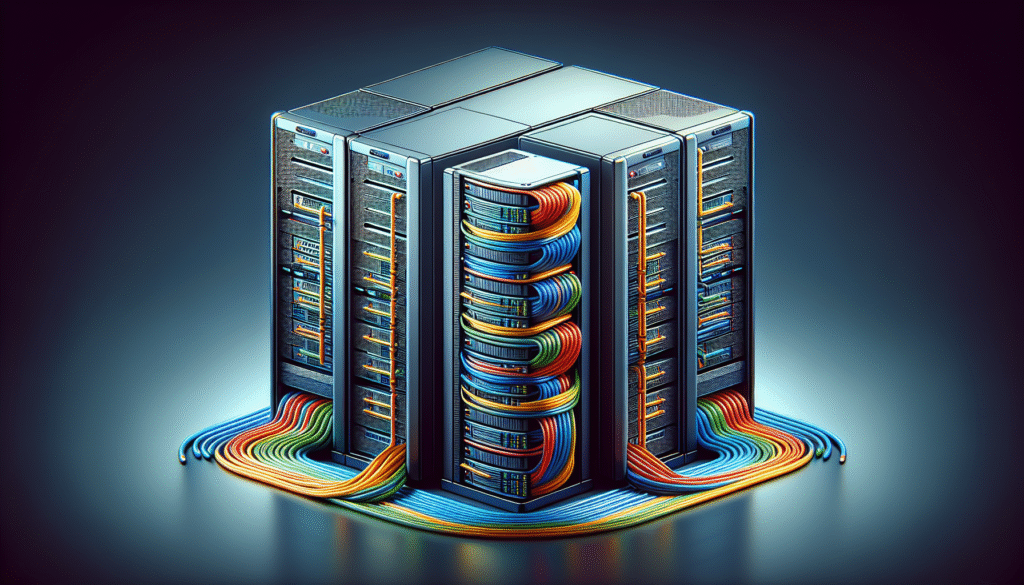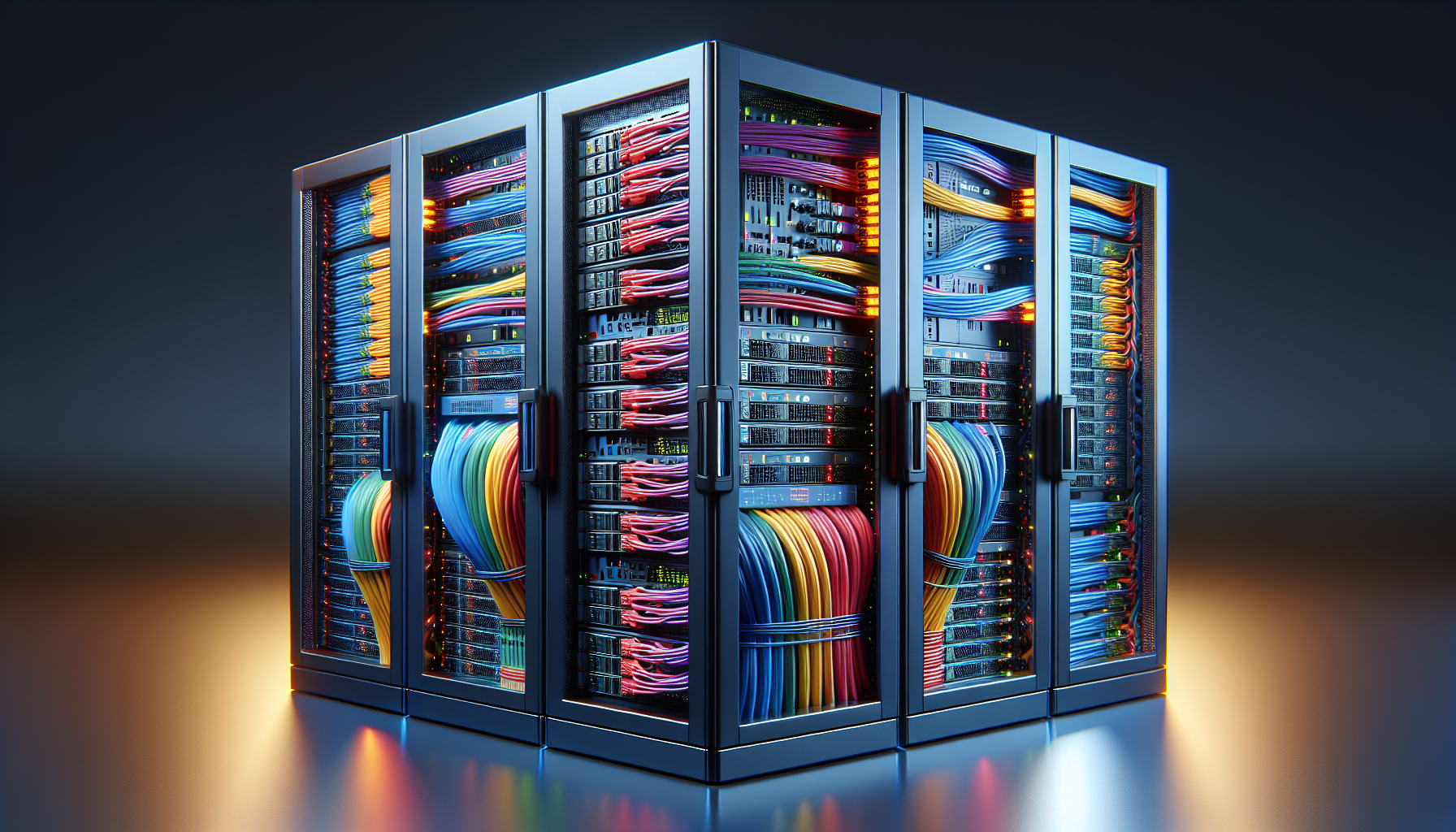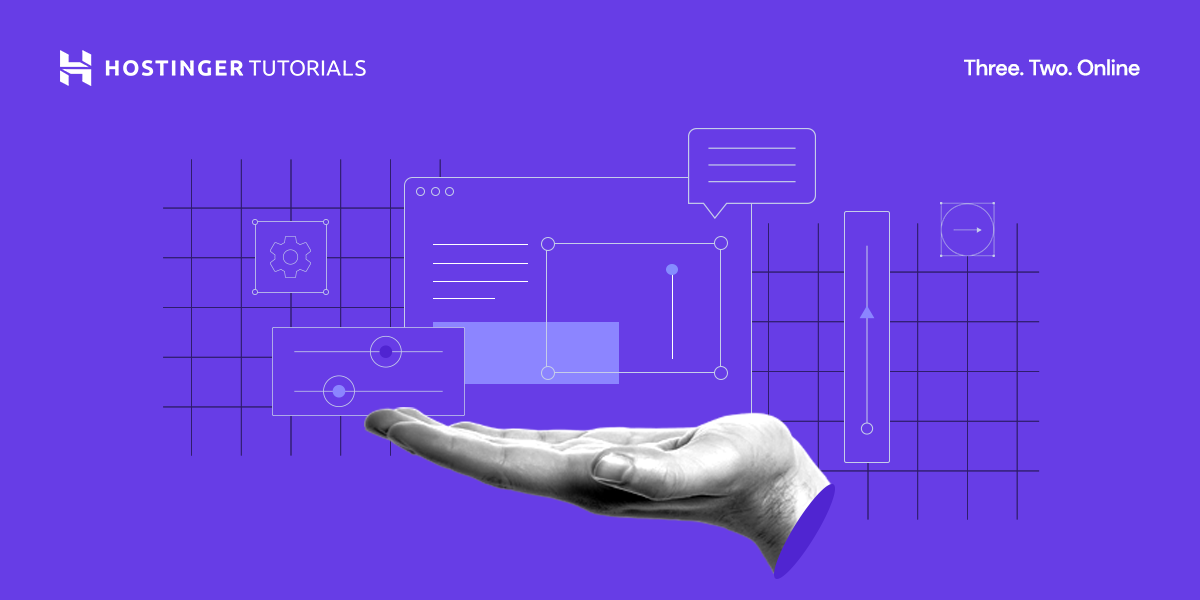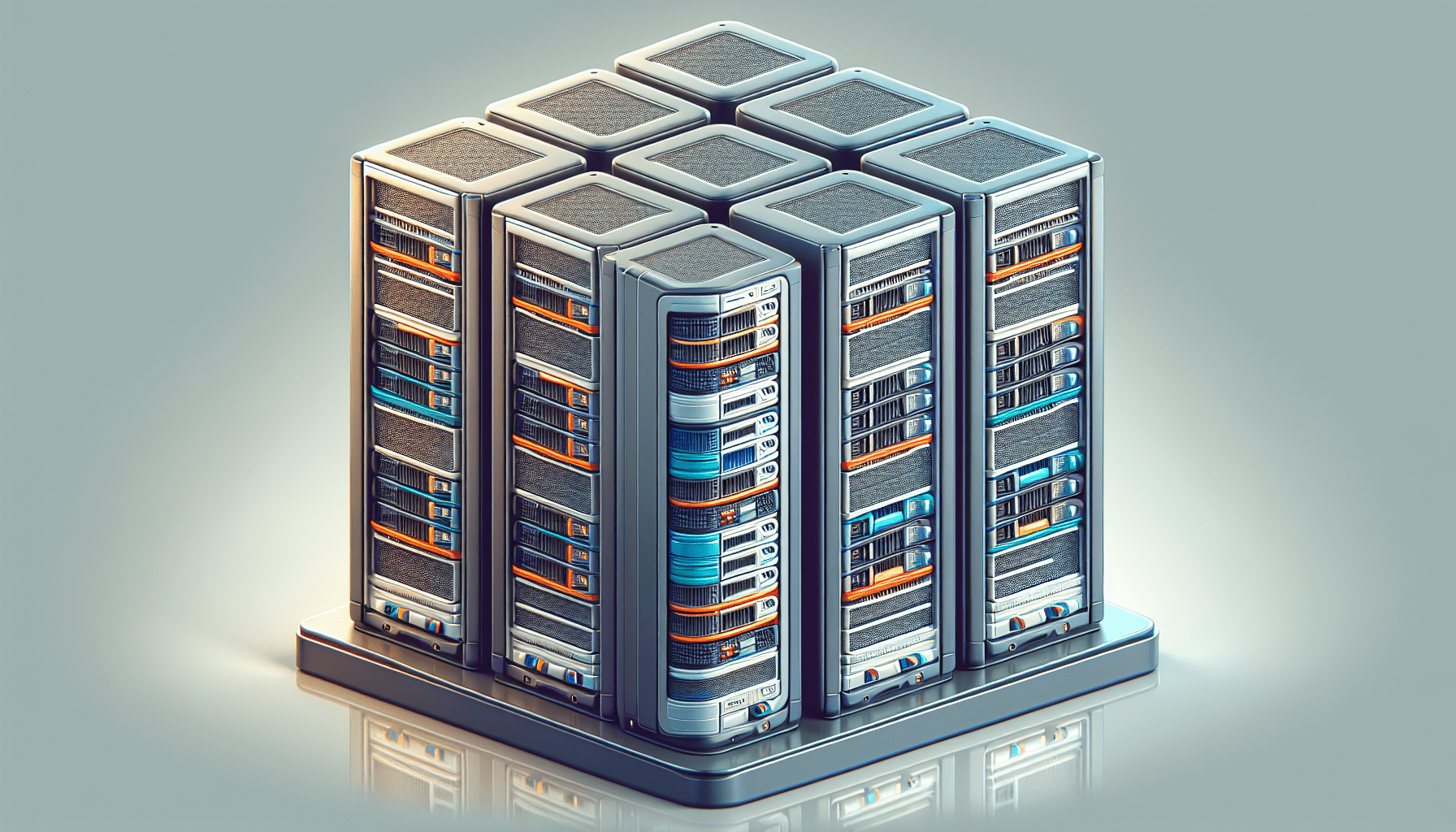Why is Server Management Important for User Experience?
When it comes to providing a seamless user experience on your website or application, server management plays a crucial role. From ensuring fast loading times to maintaining high security levels, the way your servers are managed directly impacts how users interact with your platform. In this article, we will delve into the relationship between server management and user experience, and how you can optimize both for better performance.
Ensuring High Uptime for Better User Experience
One of the key aspects of server management is ensuring high uptime for your website or application. Users expect to access your platform at any time without experiencing downtime. By properly managing your servers, you can minimize the risk of server crashes and ensure that your website or application is always available to users.
Improving Website Speed and Performance
Server management also plays a significant role in improving website speed and overall performance. Users value fast-loading websites and applications, and if your servers are poorly managed, it can lead to slow loading times and a frustrating user experience. By optimizing server configurations and regularly monitoring performance, you can ensure that your platform delivers a smooth and seamless experience to users.
Enhancing Security Measures
Another crucial aspect of server management is enhancing security measures to protect user data and information. Cybersecurity threats are becoming increasingly sophisticated, and without proper server management, your platform may be vulnerable to attacks. By implementing robust security measures, such as firewalls, encryption, and regular security audits, you can safeguard user data and build trust with your audience.
The Role of Server Configuration in User Experience
Server configuration is a critical component of server management that directly impacts user experience. From choosing the right hardware to configuring software settings, how you set up your servers can make a significant difference in how users interact with your platform.
Selecting the Right Hardware
One of the first steps in server configuration is selecting the right hardware for your platform. The hardware you choose will determine the processing power, memory, and storage capacity of your servers, which all play a role in delivering a seamless user experience. By investing in high-quality hardware that can handle your platform’s needs, you can ensure optimal performance for users.
Optimizing Software Settings
In addition to hardware, optimizing software settings is essential for server configuration. From operating system configurations to server software updates, ensuring that your servers are running the latest software versions can help improve performance and security. By regularly updating and fine-tuning your software settings, you can provide users with a stable and secure platform to interact with.
The Importance of Monitoring and Maintenance
Monitoring and maintenance are key aspects of server management that are often overlooked but are crucial for ensuring a positive user experience. By regularly monitoring server performance and conducting routine maintenance tasks, you can proactively identify and address issues before they impact users.
Real-time Monitoring for Performance Optimization
Real-time monitoring allows you to track server performance metrics, such as CPU usage, memory usage, and network traffic, in real-time. By monitoring these metrics, you can identify potential bottlenecks or performance issues and take proactive measures to optimize server performance. Real-time monitoring tools can provide valuable insights into how your servers are performing and help you make informed decisions to enhance user experience.
Conducting Regular Maintenance Tasks
Routine maintenance tasks, such as software updates, security patches, and hardware checks, are essential for keeping your servers running smoothly. Neglecting maintenance can lead to performance issues, security vulnerabilities, and downtime that can negatively impact user experience. By scheduling regular maintenance checks and following best practices for server upkeep, you can ensure that your platform remains stable and secure for users.
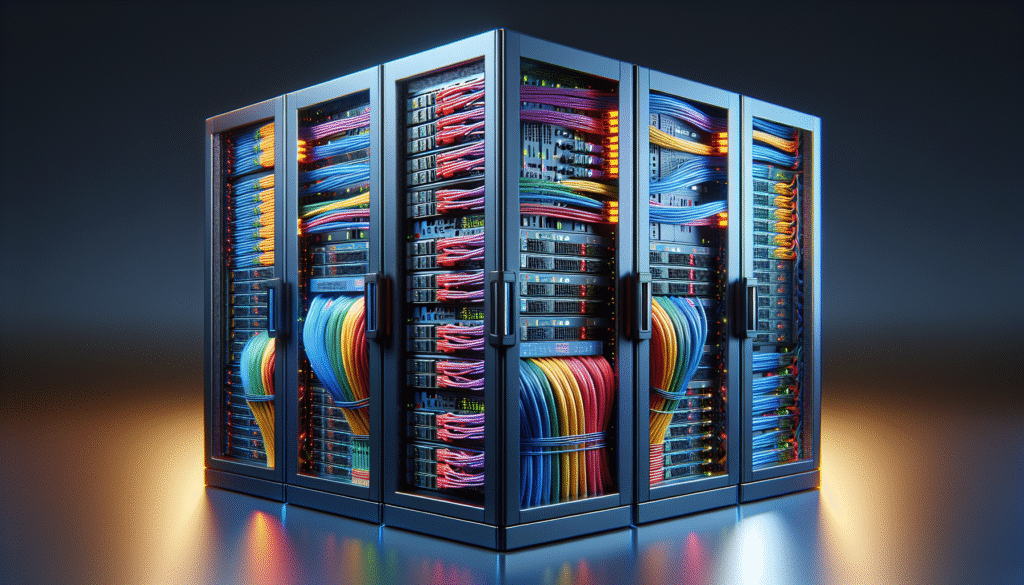
Scalability and Flexibility for Growing User Demands
As your platform grows and attracts more users, scalability and flexibility become critical factors in server management. By designing your servers with scalability in mind, you can effectively handle increased user demands and ensure that your platform continues to deliver a seamless user experience.
Scaling Resources to Accommodate User Growth
Scalability involves the ability to increase resources, such as processing power, memory, and storage, to accommodate growing user demands. By scaling resources up or down based on user traffic patterns, you can ensure that your platform remains responsive and reliable, even during peak usage periods. Scalability allows you to meet user expectations for performance and avoid issues like slow loading times or server crashes.
Embracing Cloud Technology for Flexibility
Cloud technology offers a flexible and scalable solution for server management, allowing you to adjust resources on-demand and pay only for what you use. By leveraging cloud services, you can easily scale your servers to meet user demands and adapt to changing business requirements. Cloud technology provides the flexibility needed to stay agile and responsive in a dynamic digital environment, ultimately enhancing user experience.
Conclusion
In conclusion, server management plays a crucial role in shaping user experience on your platform. By ensuring high uptime, optimizing server configurations, enhancing security measures, and prioritizing monitoring and maintenance, you can create a seamless and reliable experience for users. Investing in the right hardware, configuring software settings, and designing for scalability and flexibility are key steps in maximizing server performance and meeting user expectations. By understanding the relationship between server management and user experience, you can provide a superior digital experience that keeps users engaged and satisfied.
